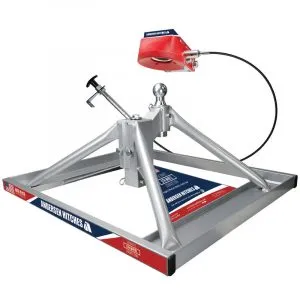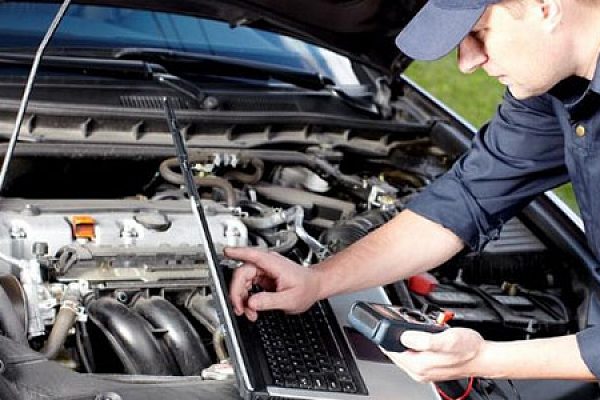Gooseneck adapter hitches save your back by allowing you to hook up your trailer without straining to lift the heavy fifth wheel into place. The majority of truck repair shops and RV dealerships sell them. Before you install your gooseneck, ensure it is rated for the weight of your trailer. Also, take measurements of your truck bed and follow the installation instructions for the specific hitch.
Attach the Hitch
Once the base rails are in place, it’s time to put the hitch itself into place. Before doing this, ensure the gooseneck ball and hitch connection points in your truck bed. It will ensure your new trap has all the pulling power it needs to haul your trailer. If you’re using an aluminum gooseneck adapter hitch, be aware that it has a lower stress tolerance than steel. It means that it may show signs of damage after years of use, particularly in the event of a road accident.
Fortunately, there are ways to avoid this problem. One solution is using a 5th wheel hitch with a steelhead. These models are designed to take the brunt of impact rather than the kingpin and will reduce damage to your RV and truck. They’re also easier to repair than an aluminum gooseneck adapter hitch. Many full-time RVers choose them.
Install the Base Rails
The first step in installing the gooseneck adapter hitch is to mount the base rails to your truck bed. The installation kit will contain bolts and other hardware to fasten the rails. Position the first rail so it is centered in your truck bed and aligned with the wheel wells. Then, mark the locations of the bolt holes on the truck bed and the rail. Apply touch-up paint to stop rusting after using a step bit to enlarge the holes in the bed and fence. This hitch has a remote cable mechanism, unlike traditional gooseneck receivers that require you to get in the truck to latch. You can engage and disengage the coupler by standing on the ground outside your pickup. It also eliminates stress on your trailer’s kingpin and helps preserve the manufacturer’s warranty.
Tighten the Bolts
If using a gooseneck adapter, tighten the bolts on the center section and brackets to the values specified in the manufacturer’s instructions. Torque values vary by bolt size and may require a torque wrench that exceeds the ratings of your typical 100-foot-pound twist. Place the second base rail into position, measuring the correct distance between it and the front of your truck cab for long-bed pickup trucks and between the wheel wells on short-bed trucks. Use the leg anchor holes on the hitch head plate as a template to mark the bolt hole locations, move the rail out of the way and drill, or use a step bit to enlarge the holes. Touch up the paint where necessary. Mount the L bracket on the camper to the large hole welded to the end of the pin box. It allows you to access the safety chain loops from outside of the truck bed and avoid the need to reach into the camper.
Test the Hitch
The best fifth-wheel gooseneck adapter hitches allow you to hook up your RV without lifting the trailer’s kingpin into place. These adapters are also lighter than standard fifth-wheel hitches, making removing them easier for RV owners when not in use. You can find various fifth-wheel and gooseneck hitch adapter sizes to accommodate different trailers. You can choose a smaller option to tow a small camper or more extensive opportunities to tow livestock trailers or utility flatbed trailers. Using a gooseneck adapter on your truck can be safe and convenient if a professional installs it correctly. Ensure that you have an experienced technician install the hitch, and check with your truck and trailer manufacturer to ensure it won’t void the warranty. Once your hitch is in place, you can confidently tow your trailer. Be sure to test the operation of your hitch before traveling to ensure it is working correctly.





